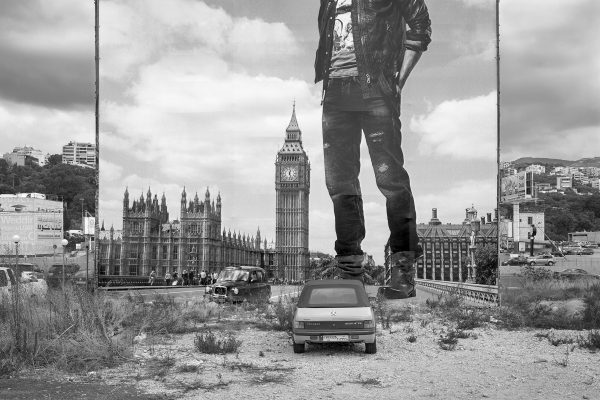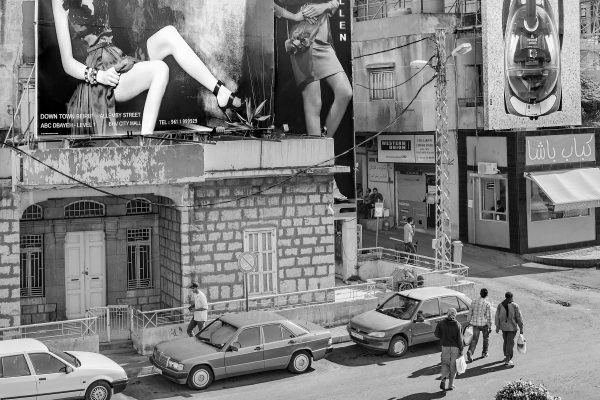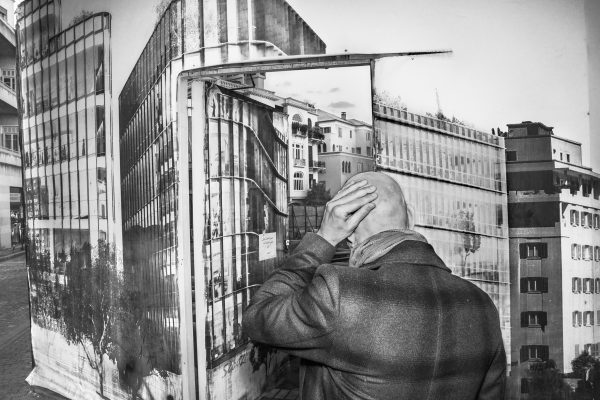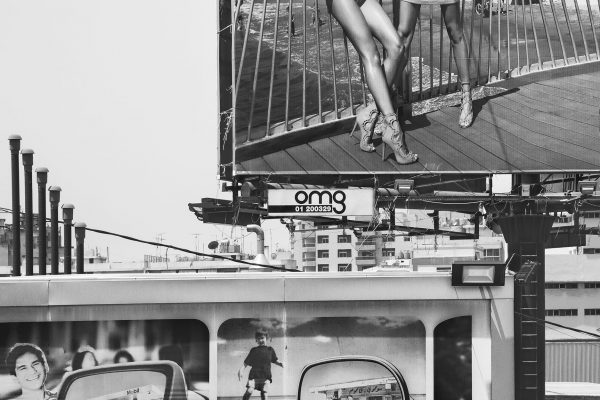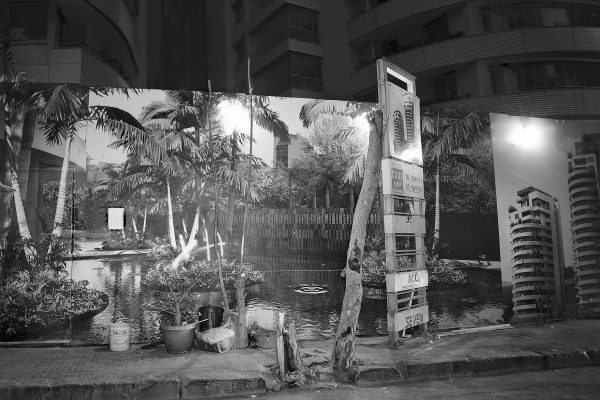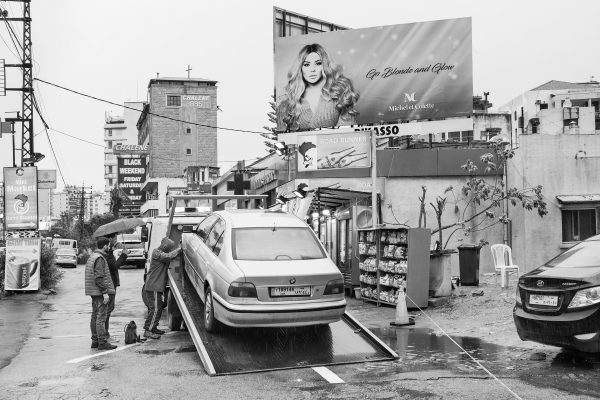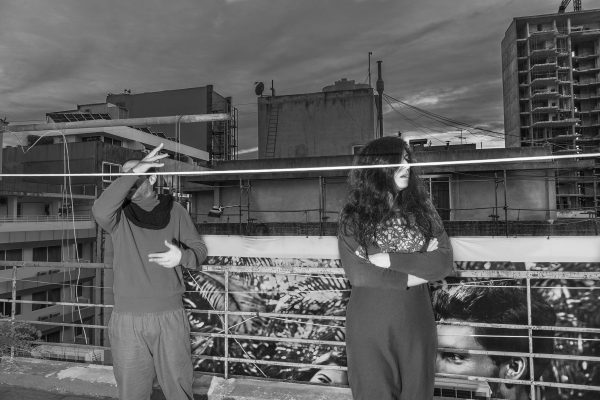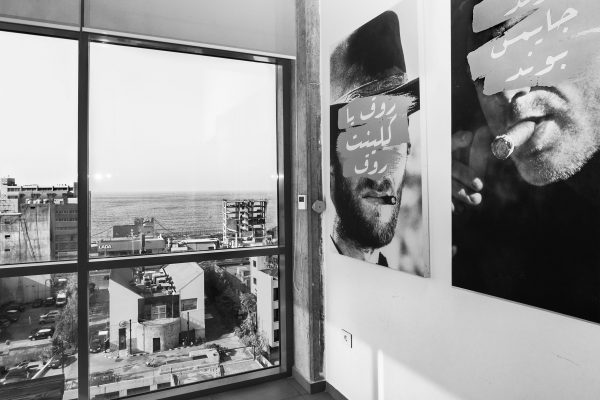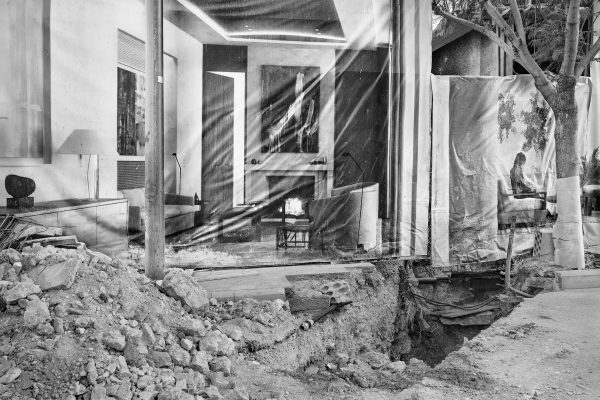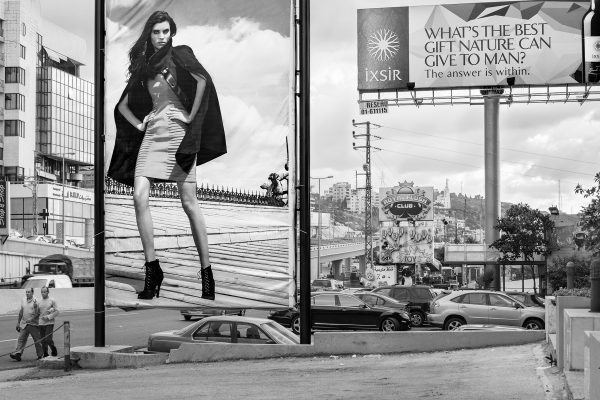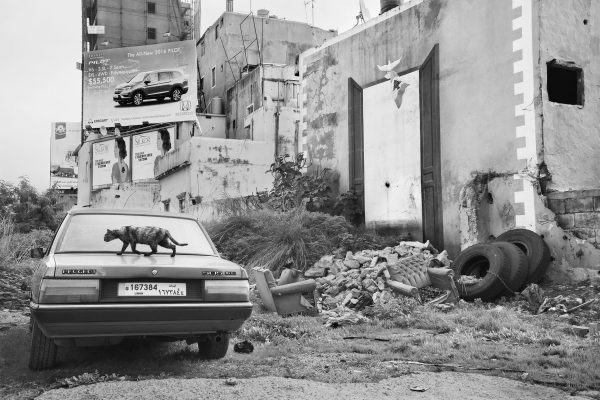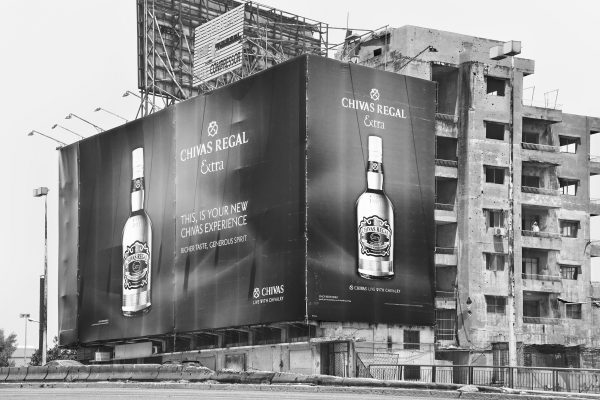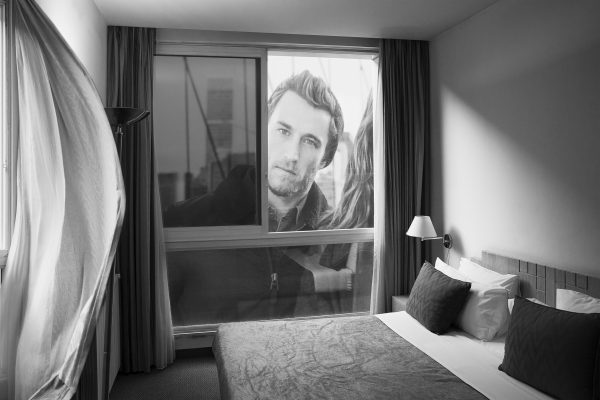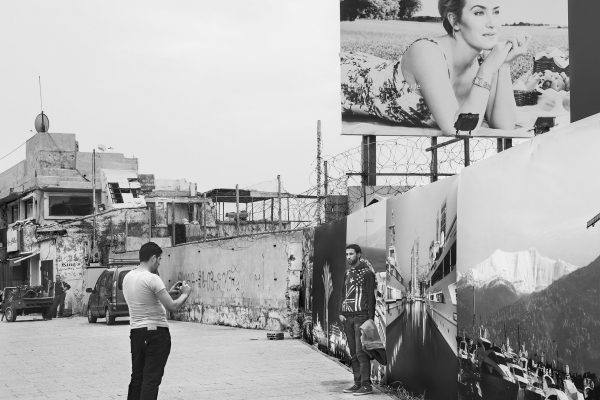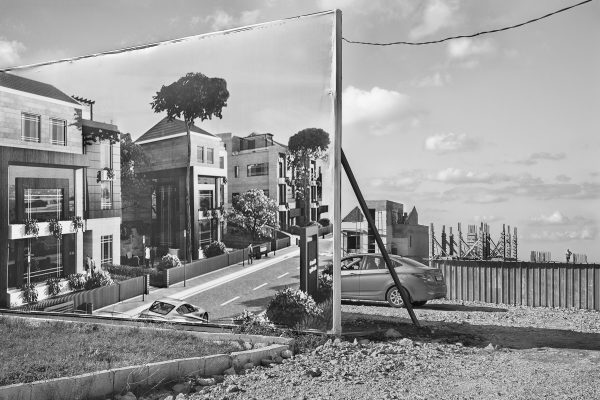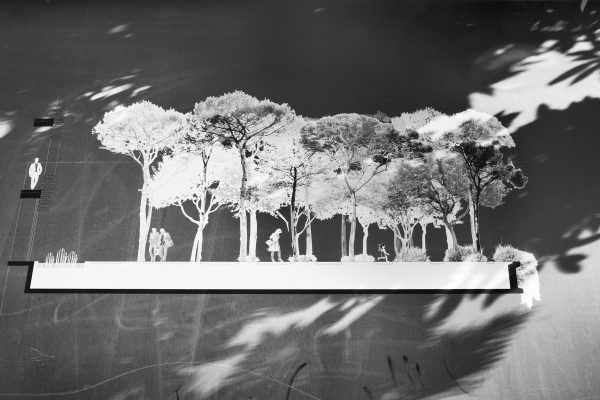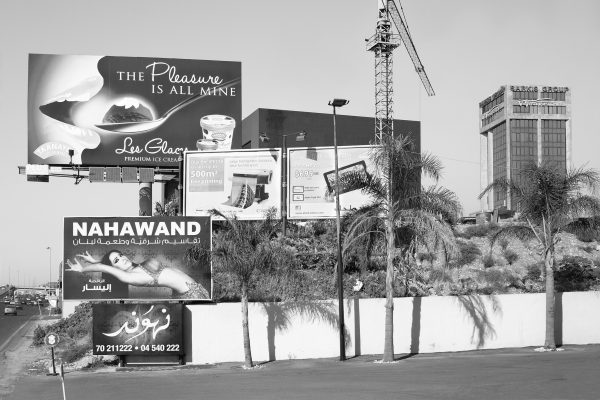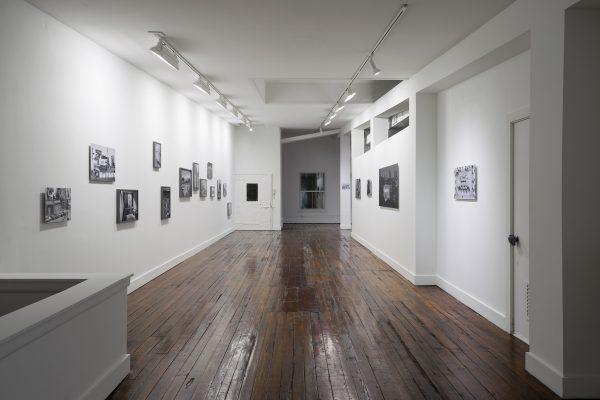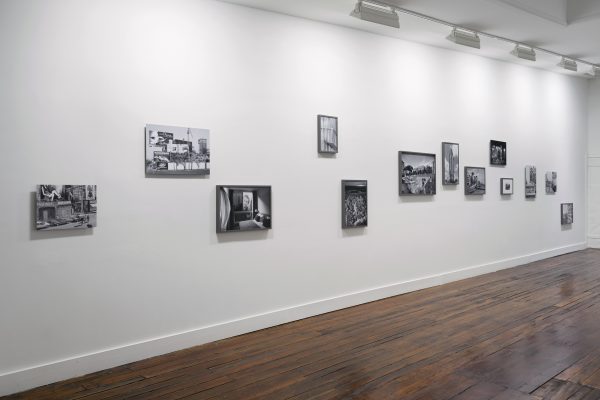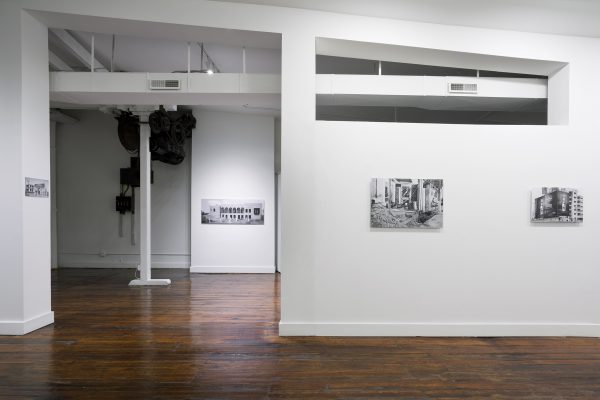Abstract of the accomplished photographic work
In my photographs shot in Beirut, I explore western advertising and real estate development that overlap with the city’s halting attempts to rebuild after conflict. Motivated by a lack of visual history of Lebanon’s landscape, I am building my own photographic archive of contemporary Beirut – a city dominated by advertising and construction. The dominance of these industries reshaped the landscape. Until 2019 the city experienced a decade-long boom in development that rendered it almost unrecognizable. For some scholars, the construction boom was more devastating to the landscape than decades of civil war. In one sense the advertisements serve as a visualized end energizing capitalist growth, in another, they purport a mythologized western ideal that is incongruous in the post-conflict city. The advertisements and pervasive neo-liberal capital represent our most recent form of colonialism. This under-documented place is now occupied by images of a different place and people.
Installation shots
Description of the project you intend to pursue through the Prize
Following the economic crisis and Beirut Port explosion in 2020, the rebuilding of large sections of the city is again dominating the news. Complementing my photographic work in the study of Beirut’s landscape, I am collecting digitally-rendered designs from the Beirut offices of global advertising agencies and architecture firms. These appropriated renderings of development projects, both realized and abandoned, function as an archival anthology of images created by many different authors — all of whom are invested, to varying financial and spiritual degrees, in imagining Beirut’s future. My proposal is to create a book of the renderings I collect along with street and still life photographs I am making. The book will be constructed to allow multiple foldouts to accommodate longer ratio formats of several renderings. Newsprint pages will be incorporated into the design referencing architectural drawings. The delicate paper evokes fragility and care in planning the city’s future.

